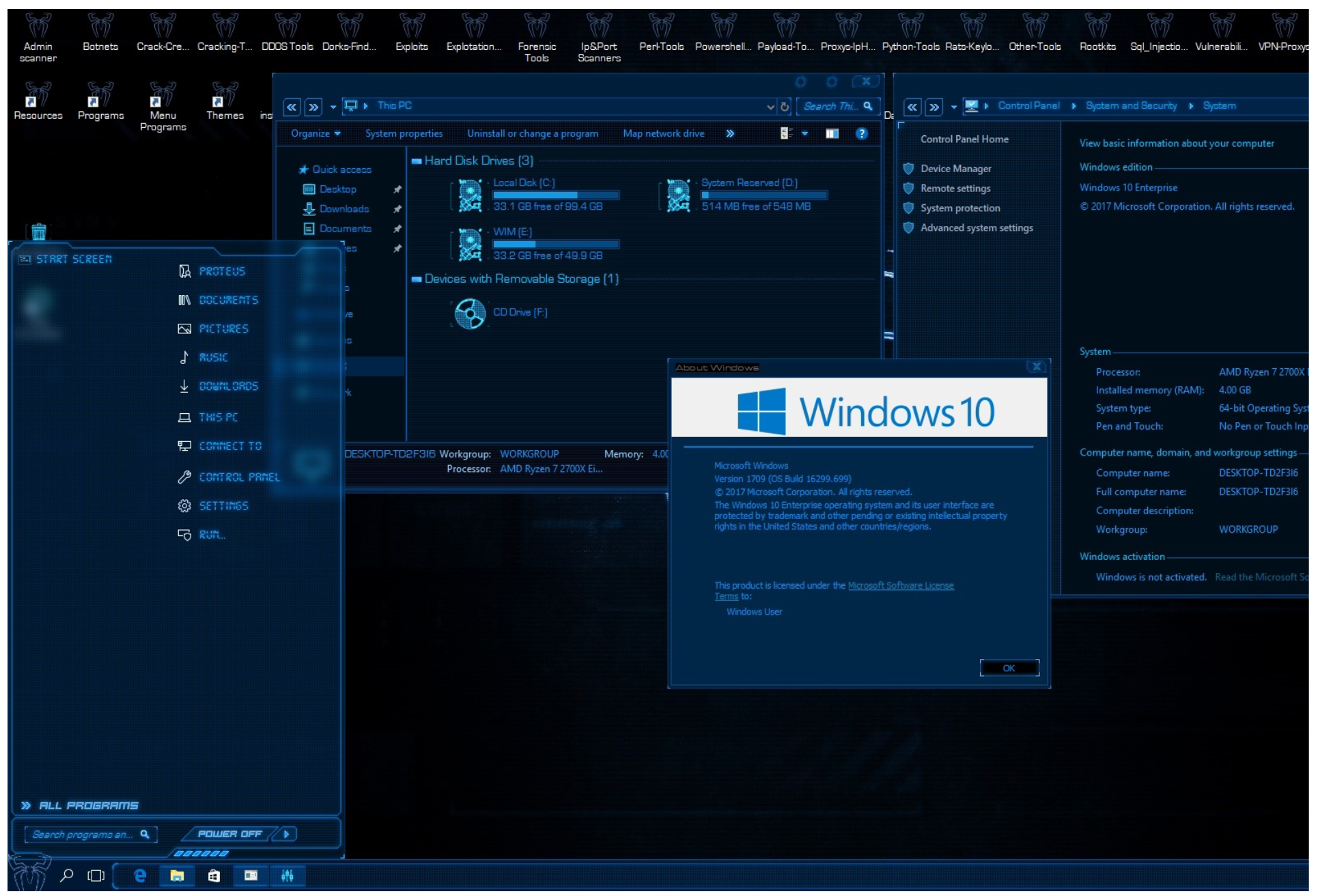
Everything posted by Megalo Web Services
-
Google Clone v1.0.0
- Web & WebDav Server 1.1 v1.0.0
- Facebook theme for wowonder
- 11 comments
- 1 review
- Facebook theme for wowonder
- 11 comments
- 1 review
- Facebook theme for wowonder
- 11 comments
- 1 review
- Facebook theme for wowonder
- 11 comments
- 1 review
-
-

- 1
-
- Varient - News & Magazine Script
- 5 comments
- 4 reviews
- InfixHub - Ultimate Digital Marketplace
- [DW NULLED] Invision Community Suite
- [DW NULLED] Invision Community Suite
- CyberMiner - Cloud Mining Script v1.3.11
- CyberMiner - Cloud Mining Script v1.3.11
- Sngine Android and iOS app
- Sngine - iOS App v3.4.1
- Sngine - iOS App
- 1 comment
- 1 review
-
-

- 1
-
- Sngine Android and iOS app
- Megalo Web Services - Screaming Frog SEO Spider v19.2
- Megalo Web Services - Screaming Frog SEO Spider
- Megalo Web Services - Screaming Frog SEO Spider
- Megalo Web Services - Screaming Frog SEO Spider
- Megalo Web Services - Screaming Frog SEO Spider
- News - News & Magazines Script & Laravel News & Magazines / Blog / Articles OpenAI Writer / OpenAI v2.3.0
Back to topAccount
Navigation
Search
Configure browser push notifications
Chrome (Android)
- Tap the lock icon next to the address bar.
- Tap Permissions → Notifications.
- Adjust your preference.
Chrome (Desktop)
- Click the padlock icon in the address bar.
- Select Site settings.
- Find Notifications and adjust your preference.
Safari (iOS 16.4+)
- Ensure the site is installed via Add to Home Screen.
- Open Settings App → Notifications.
- Find your app name and adjust your preference.
Safari (macOS)
- Go to Safari → Preferences.
- Click the Websites tab.
- Select Notifications in the sidebar.
- Find this website and adjust your preference.
Edge (Android)
- Tap the lock icon next to the address bar.
- Tap Permissions.
- Find Notifications and adjust your preference.
Edge (Desktop)
- Click the padlock icon in the address bar.
- Click Permissions for this site.
- Find Notifications and adjust your preference.
Firefox (Android)
- Go to Settings → Site permissions.
- Tap Notifications.
- Find this site in the list and adjust your preference.
Firefox (Desktop)
- Open Firefox Settings.
- Search for Notifications.
- Find this site in the list and adjust your preference.
- Web & WebDav Server 1.1 v1.0.0






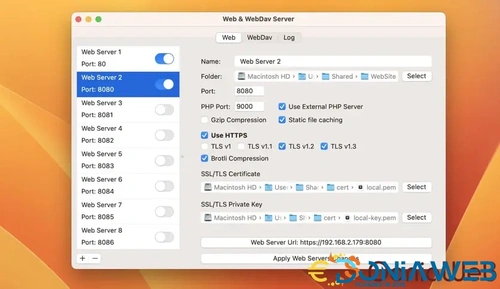
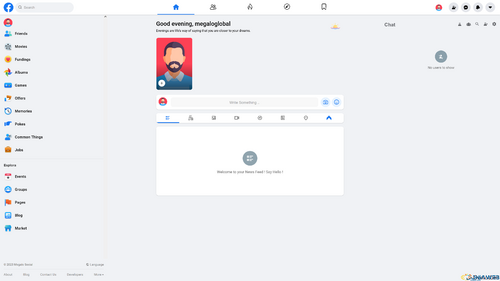
.thumb.jpg.f97245e32e2310f9eef42bd81f643a30.jpg)
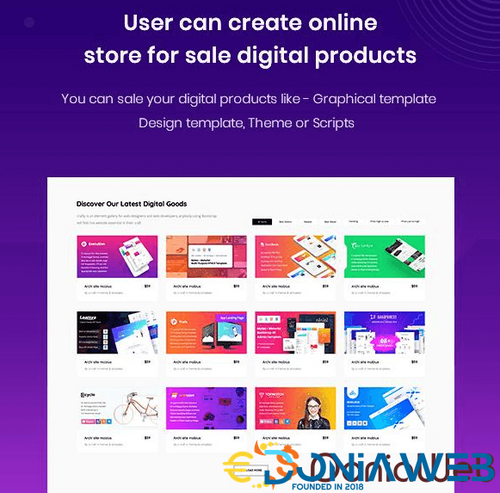


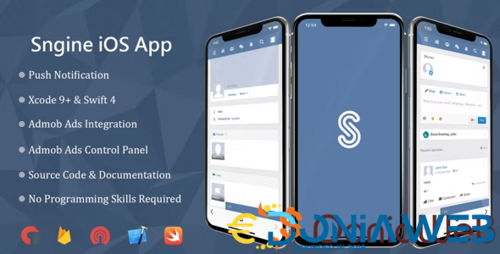


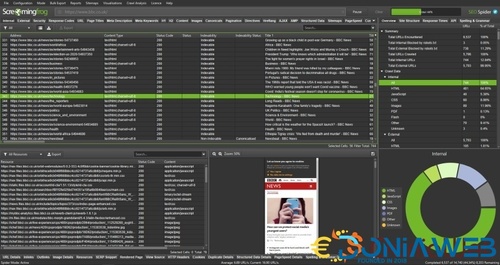
.jpg.f2508da101ddb079e6bd3501cf8af4b5.jpg)
.thumb.jpg.c9fdffada0181e483feff31c2bd2e6fe.jpg)